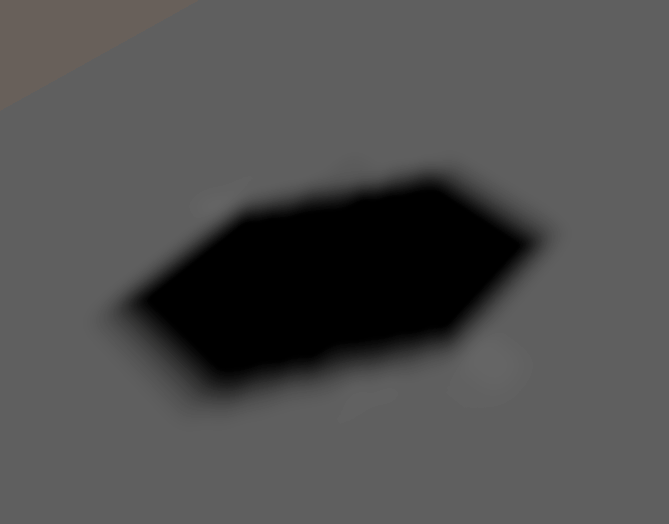Improve the visual fidelity of lightmaps
Use bicubic sampling to improve the visual fidelity of lightmapsA pre-rendered texture that contains the effects of light sources on static objects in the scene. Lightmaps are overlaid on top of scene geometry to create the effect of lighting. More info
See in Glossary.
Bicubic sampling smooths sharp or jagged edges in your lightmap to improve its visual fidelity. Bicubic sampling is helpful for low resolution lightmaps and shadows. However, it performs more texture sampling so it introduces additional performance overhead on lower-end platforms.


Render pipeline compatibility
| Feature name | Universal Render PipelineA series of operations that take the contents of a Scene, and displays them on a screen. Unity lets you choose from pre-built render pipelines, or write your own. More info See in Glossary (URP) |
High Definition Render Pipeline (HDRP) | Custom SRP | Built-in Render Pipeline |
|---|---|---|---|---|
| Bicubic Lightmap Sampling | Yes | Yes | No | No |
Use bicubic sampling
To use bicubic sampling in your project, enable the Use Bicubic Lightmap Sampling property in URP graphics settings or HDRP graphics settings.
Fix texture bleeding
Bicubic sampling can cause texture bleeding, where Unity samples unintended texels from neighboring regions of a texture, leading to visual artifacts. To prevent texture bleeding, there needs to be enough padding between lightmap UV charts. To fully remove texture bleeding artifacts, set the number of texels between each UV chart to at least 2 for bilinear filtering and at least 4 for bicubic filtering.
To change the padding in or between charts, refer to Fix light bleeding in lightmaps.